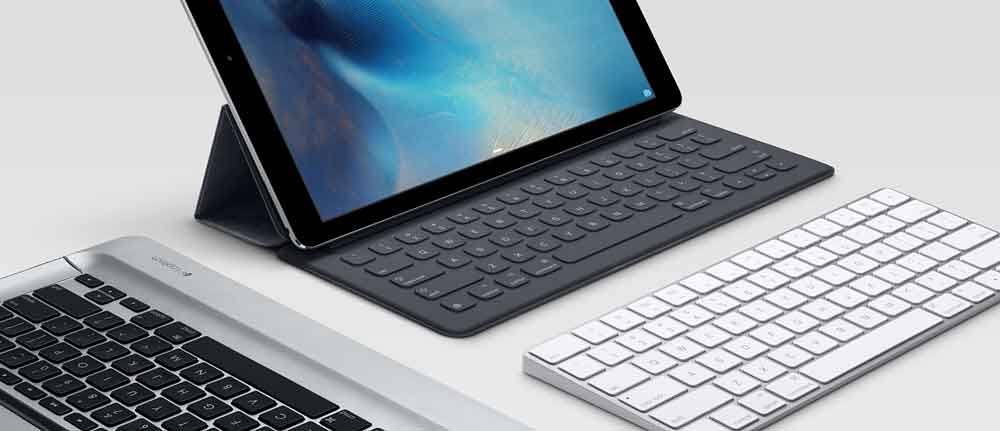First of all, let’s define the hybrid tablet for what it is: a touchscreen tablet with a stylus and a detachable keyboard. We could call it “laplet”, but why, other than for making it sound like something that needs FDA approval?
The hybrid tablet is the biggest idea to hit consumers, and it started with the Microsoft Surface, as far back as 2012. The only reason why it didn’t catch on back then, was the lack of a proper operating system, capable of delivering the type of experience users didn’t know they needed back then.

What consumers didn’t know, was that they needed a full-desktop operating system, as easy to use as iOS or Android, but with a lot more to offer, coupled with hardware specs high enough to challenge the desktop tower, and making it look like an antique. Four years later, we can safely call that mission accomplished, as desktop PC sales have plummeted into oblivion, while laptops and hybrid tablets running Windows 10, are all the rage.
By every stretch of their definition, hybrid tablets like the iPad Pro and Microsoft Surface Pro/Book, are essentially laptops. They offer the proper specs, screen size, operating system capability, and more portability than conventional non-touchscreen laptops.
When the 12.9 inch iPad Pro was unveiled to the world, Tim Cook told us that the iPad Pro is more powerful than most laptops, and while some thought of that statement as a little too over-the-top, the reality is that Cook was right, mostly due to the fact that laptops that are in fact more powerful than the iPad Pro or the Surface Pro/Book, are far fewer than the more budget friendly consumer laptops, with far more conservative specs than your average Asus/MSI G Series, or VAIO Canvas.
The reason for this isn’t too hard to work out: most users don’t need super-computing abilities to get through their daily emails, web surfing, online shopping, gaming and term papers, which is the bulk of the statistical majority of consumers. This is precisely the reason for hybrid tablets to exist: they may feature premium specs and a premium price, but the things they can do are impossible to accomplish with a regular laptop. Portability alone is a huge advantage of hybrid tablets, and processing power is hardly a concern anymore, along with security.
The latter and former go hand-to-hand as well, thanks to Windows 10, and Intel’s 6th generation Skylake CPUs, which are not only extremely energy efficient, but come also with built-in security, and hardware based encryption capable of storing biometric data and passwords, inside the CPU, instead of the local storage.
With that said, the hybrid tablet’s primary target is the regular tablet, within the specific screen size ranging from 9 to 11 inches, which includes most Android tablets, as well as a number of aging iPads, among which the iPad Air in one of the most surprising victims, suffering declining sales, as the iPad Pro 9.7 inches picks up momentum by the minute.
The dilemma here is what exactly are hybrid tablets doing to “regular” tablets? The answer is simply this: accessories.
For the sake of argument, we could slap a Smart Keyboard under an iPad Air 2 and call it a laptop, as much as we could throw a jet engine on the roof of a Volvo station wagon, and call it a flying car. Will it fly? Yes. Will it fly straight? Probably not.
The reason for consumers to use a keyboard with a tablet, is to perform tasks that make sense on a laptop too, but if the tablet doesn’t have the hardware specs, nor the size necessary to type comfortably, to the old laptop we go.
The concept behind the hybrid tablet is for consumers to finally do things that they previously only dreamed of doing on their older tablets, like working on term papers, ordering stuff on Amazon with a full, comfortable view, and without a giant virtual keyboard covering half the screen.
Best of all, they can take their hybrid tablet PC everywhere, with a decent expectation of battery life.